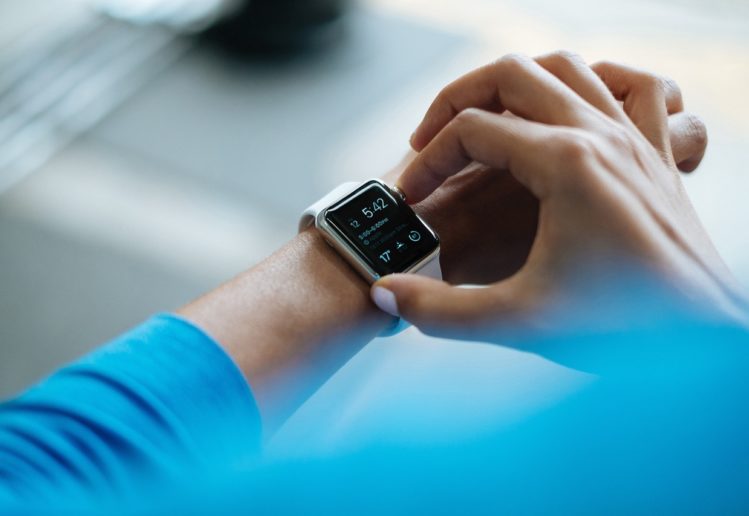The current decade is witnessing an immense boom of the wearable technology, Artificial Intelligence (AI), the Internet of Things (IoT), etc. Individuals throughout the world have embraced wearable technology today and are seen using it as a part of their daily lives. In addition to being an undeniable fashion statement, these noble devices also serve another vital purpose. Without resorting to exaggeration, let’s just say that these devices actually watch out for you. They track your health and also aid you in evading several health issues.
If statistics are to be believed, the total number of Americans that are at risk for strokes and heart attacks is immense. Approximately 103 million American adults suffer from the problem of high blood pressure, as revealed by the American heart association. This makes for almost half of the population of adults in America. In addition to that, Type 2 diabetes is also common among American adults, and as many as 18.3% of individuals suffer from cholesterol in the United States. With this alarming state of affairs, it becomes imperative to look for viable ways by which high-risk patients can find some relief and potentially improve their health.
How Do Wearable Gadgets Work?
Wearable gadgets come in a multitude of forms such as watches, belts, headbands, wristbands, shoes, shirts, eyeglasses, caps, and necklaces. These gadgets come with sensors that collect raw data. This data is fed to a database for further analysis, which triggers a response. This response alerts a physician to get in touch with the patient who is experiencing abnormal symptoms. This goes a long way to helping the doctor effectively communicate with and give appropriate advice to the patient.
With the kind of rapid and unhealthy lifestyle we lead every day, it becomes even more essential for us to take due notice of our health and keep it in check. However, we increasingly neglect our health for other “more important” things such as our family or careers. Therefore, embracing the wearable technology that is in constant contact with your skin and carefully monitors your fitness and other activities in real-time is the need of the hour and can showcase some real benefits. This technology also offers timely awareness to both the patients and the doctors on a multitude of health issues.
That said, let us check out the myriad ways in which healthcare industries can enhance their services for the betterment of high-risk patients by incorporating wearable devices into their treatment strategies!
Real-Time Health Monitoring
The possibilities of remote health monitoring have significantly improved with the advancement in technology. These devices that monitor our health in real-time are, hence, crucial and are also developed keeping their accuracy, cost, usability, and security of data in mind. These devices also facilitate a two-way communication system between the patient and the doctor and are responsible for extracting important healthcare information of the patients such as their heart rate, body temperature, and body pressure.
Fitness
Countless healthcare centers also encourage the use of modern tech in the day-to-day fitness regimen of individuals. It helps people fulfill their fitness resolutions and track their health and progress through wearable gadgets. Thus, you can check your calorie consumption as well as your quality of sleep on a daily basis to attain success.
Preventing Chronic Diseases
The management of chronic diseases is quite a challenge in the present times. High-risk patients need constant monitoring, and others need to take adequate care of themselves to prevent these diseases altogether. Chronic diseases such as diabetes, asthma, chronic pain as well as health issues require a certain amount of investment as well as consent. There is also a massive lack of awareness where these health risks are concerned. Smart devices can prove to be handy in this aspect to track symptoms of patients like their respiration, heart rate, and body temperature.
Assisting the Elderly
The elderly healthcare services have also actively embraced wearables to assist the elderly in a much more proactive fashion. Older adults naturally experience more health problems than young people. Hence, companies can devise more smart gadgets and technologies like smart glasses to help elderly patients lead a comfortable life.
Takeaway
The wearable technology, although relatively new, has already gained a lot of popularity and support in recent years. If adequately implemented in the healthcare industry and paired with a healthy dose of augmented reality as well as IoT, it can go a long way to enhancing the safety and health of not just the high-risk patients but humanity as a whole.




